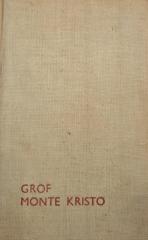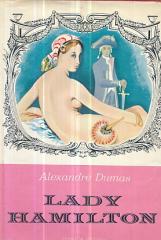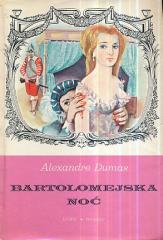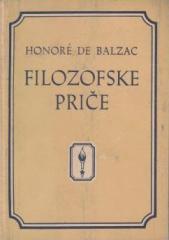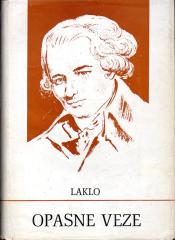
Askanio
The novel Ascanio (1843), is set in Paris in 1540, during the reign of Francis I. The story blends historical events with fiction, focusing on the young Ascanio, a talented goldsmith and student of the Renaissance artist Benvenuto Cellini.
The story takes place during a turbulent period of conflict between the French court, the Spanish crown, and the Catholic Church, with intrigues at court. Ascanio, a noble and skilled young man, is embroiled in a love affair with Colombe, the daughter of a powerful Provençal nobleman. Their romance is complicated by political and social tensions, including the intrigues of the Duchesse d’Étampes, the king’s mistress, and Cellini’s conflicts with court rivals.
Cellini, an eccentric artist, is at the center of the plot due to his conflicts with the French authorities and commissions for masterpieces, such as the statue of Jupiter. The novel abounds in dramatic moments: duels, artistic rivalries, and assassination attempts.
Dumas masterfully depicts Renaissance art, love, and political intrigue, with an emphasis on Cellini’s passionate nature and Ascanio’s loyalty. Through colorful descriptions of Paris and the court, the novel explores themes of artistic freedom, love, and the conflict between personal desires and social expectations. The ending brings the resolution of the love story and Cellini's triumph, with a hint of further adventures.
The book consists of two volumes.
Jedan višetomni primjerak je u ponudi.
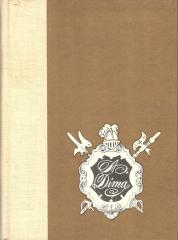
- The cover is missing
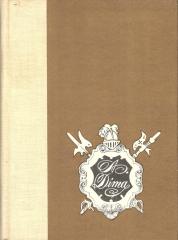
- The cover is missing
